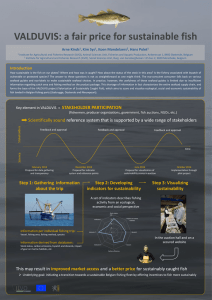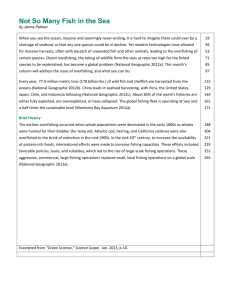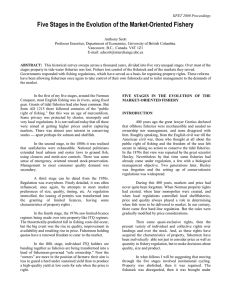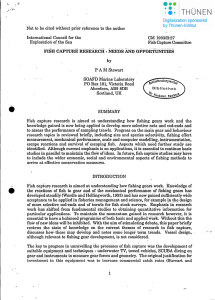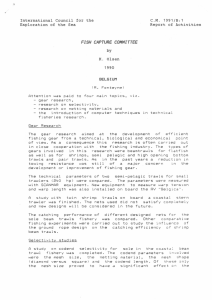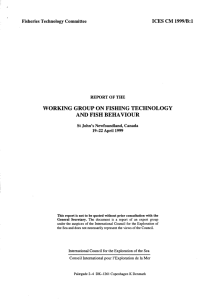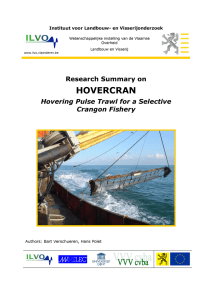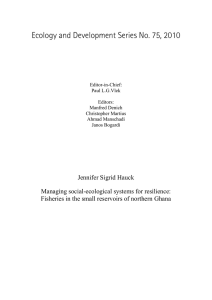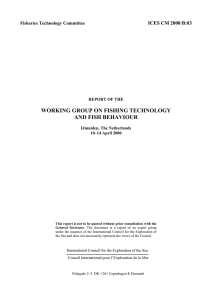VALDUVIS: a fair price for sustainable fish?
advertisement
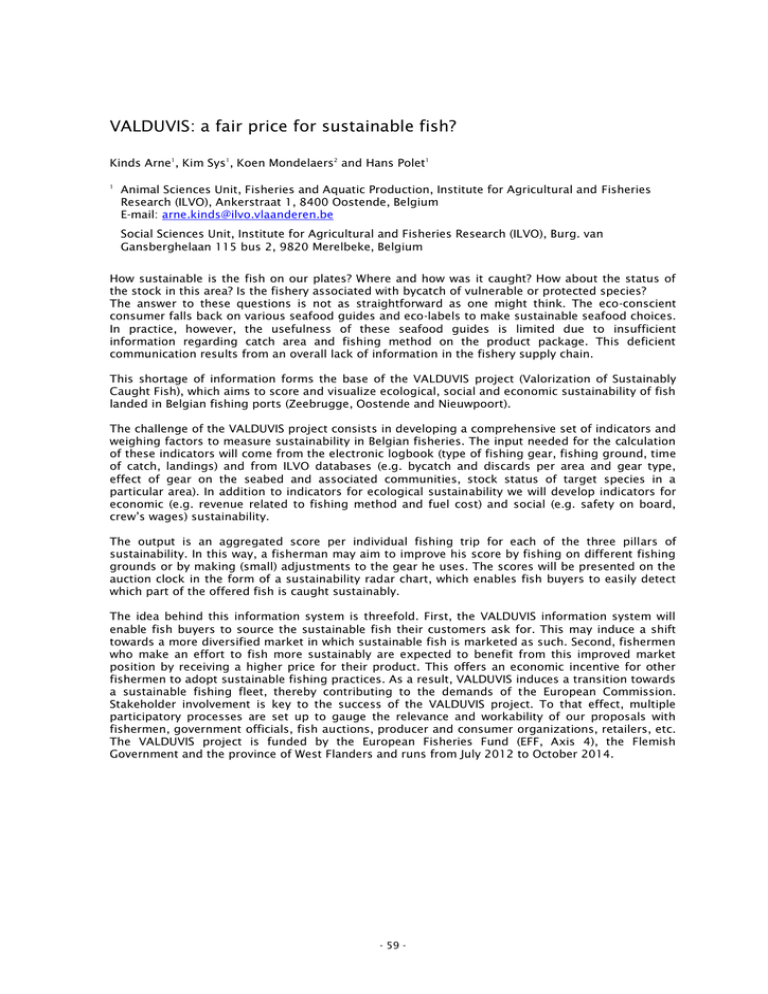
VALDUVIS: a fair price for sustainable fish? Kinds Arne1, Kim Sys1, Koen Mondelaers2 and Hans Polet1 1 Animal Sciences Unit, Fisheries and Aquatic Production, Institute for Agricultural and Fisheries Research (ILVO), Ankerstraat 1, 8400 Oostende, Belgium E-mail: arne.kinds@ilvo.vlaanderen.be Social Sciences Unit, Institute for Agricultural and Fisheries Research (ILVO), Burg. van Gansberghelaan 115 bus 2, 9820 Merelbeke, Belgium How sustainable is the fish on our plates? Where and how was it caught? How about the status of the stock in this area? Is the fishery associated with bycatch of vulnerable or protected species? The answer to these questions is not as straightforward as one might think. The eco-conscient consumer falls back on various seafood guides and eco-labels to make sustainable seafood choices. In practice, however, the usefulness of these seafood guides is limited due to insufficient information regarding catch area and fishing method on the product package. This deficient communication results from an overall lack of information in the fishery supply chain. This shortage of information forms the base of the VALDUVIS project (Valorization of Sustainably Caught Fish), which aims to score and visualize ecological, social and economic sustainability of fish landed in Belgian fishing ports (Zeebrugge, Oostende and Nieuwpoort). The challenge of the VALDUVIS project consists in developing a comprehensive set of indicators and weighing factors to measure sustainability in Belgian fisheries. The input needed for the calculation of these indicators will come from the electronic logbook (type of fishing gear, fishing ground, time of catch, landings) and from ILVO databases (e.g. bycatch and discards per area and gear type, effect of gear on the seabed and associated communities, stock status of target species in a particular area). In addition to indicators for ecological sustainability we will develop indicators for economic (e.g. revenue related to fishing method and fuel cost) and social (e.g. safety on board, crew’s wages) sustainability. The output is an aggregated score per individual fishing trip for each of the three pillars of sustainability. In this way, a fisherman may aim to improve his score by fishing on different fishing grounds or by making (small) adjustments to the gear he uses. The scores will be presented on the auction clock in the form of a sustainability radar chart, which enables fish buyers to easily detect which part of the offered fish is caught sustainably. The idea behind this information system is threefold. First, the VALDUVIS information system will enable fish buyers to source the sustainable fish their customers ask for. This may induce a shift towards a more diversified market in which sustainable fish is marketed as such. Second, fishermen who make an effort to fish more sustainably are expected to benefit from this improved market position by receiving a higher price for their product. This offers an economic incentive for other fishermen to adopt sustainable fishing practices. As a result, VALDUVIS induces a transition towards a sustainable fishing fleet, thereby contributing to the demands of the European Commission. Stakeholder involvement is key to the success of the VALDUVIS project. To that effect, multiple participatory processes are set up to gauge the relevance and workability of our proposals with fishermen, government officials, fish auctions, producer and consumer organizations, retailers, etc. The VALDUVIS project is funded by the European Fisheries Fund (EFF, Axis 4), the Flemish Government and the province of West Flanders and runs from July 2012 to October 2014. - 59 -
